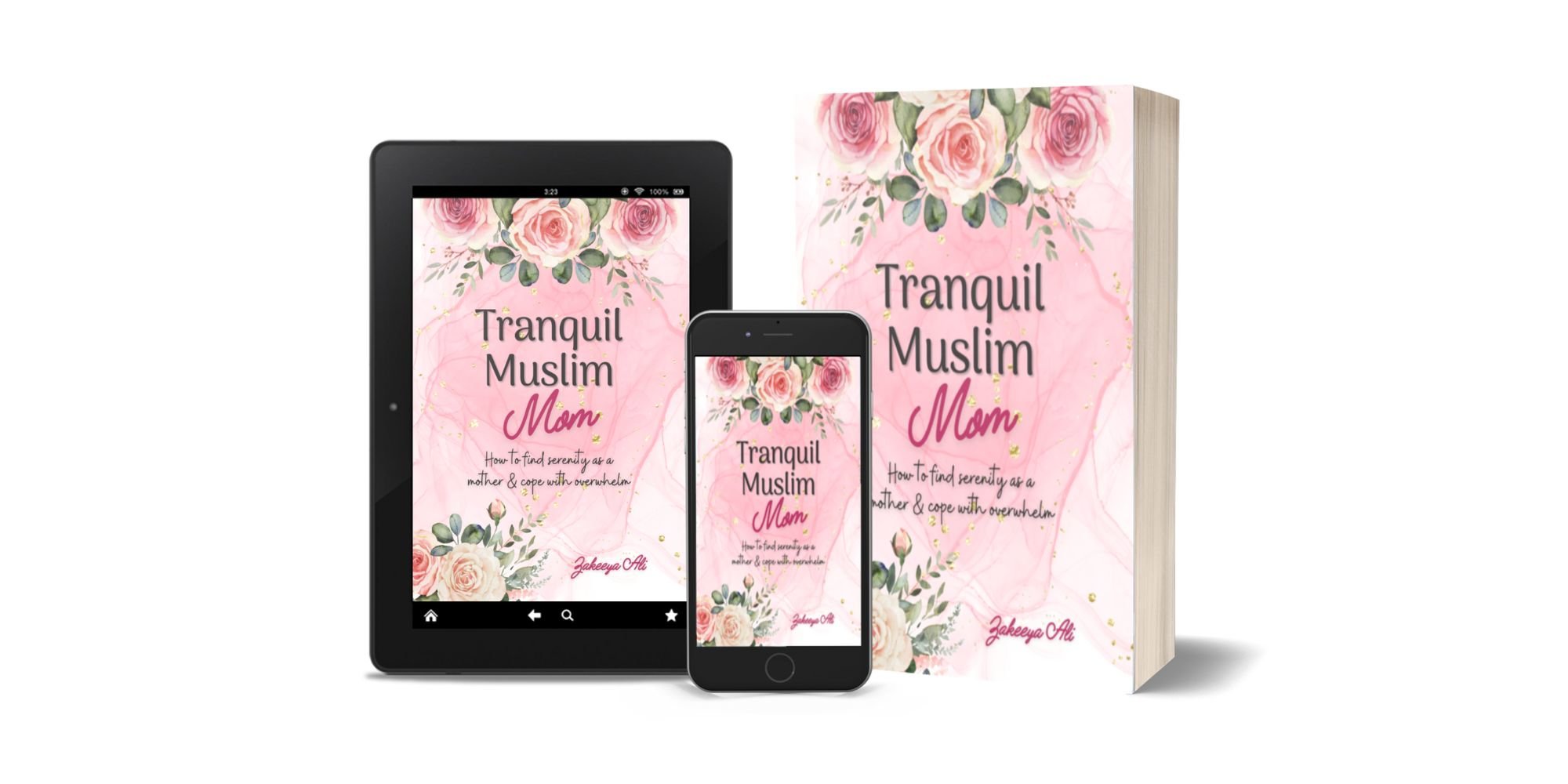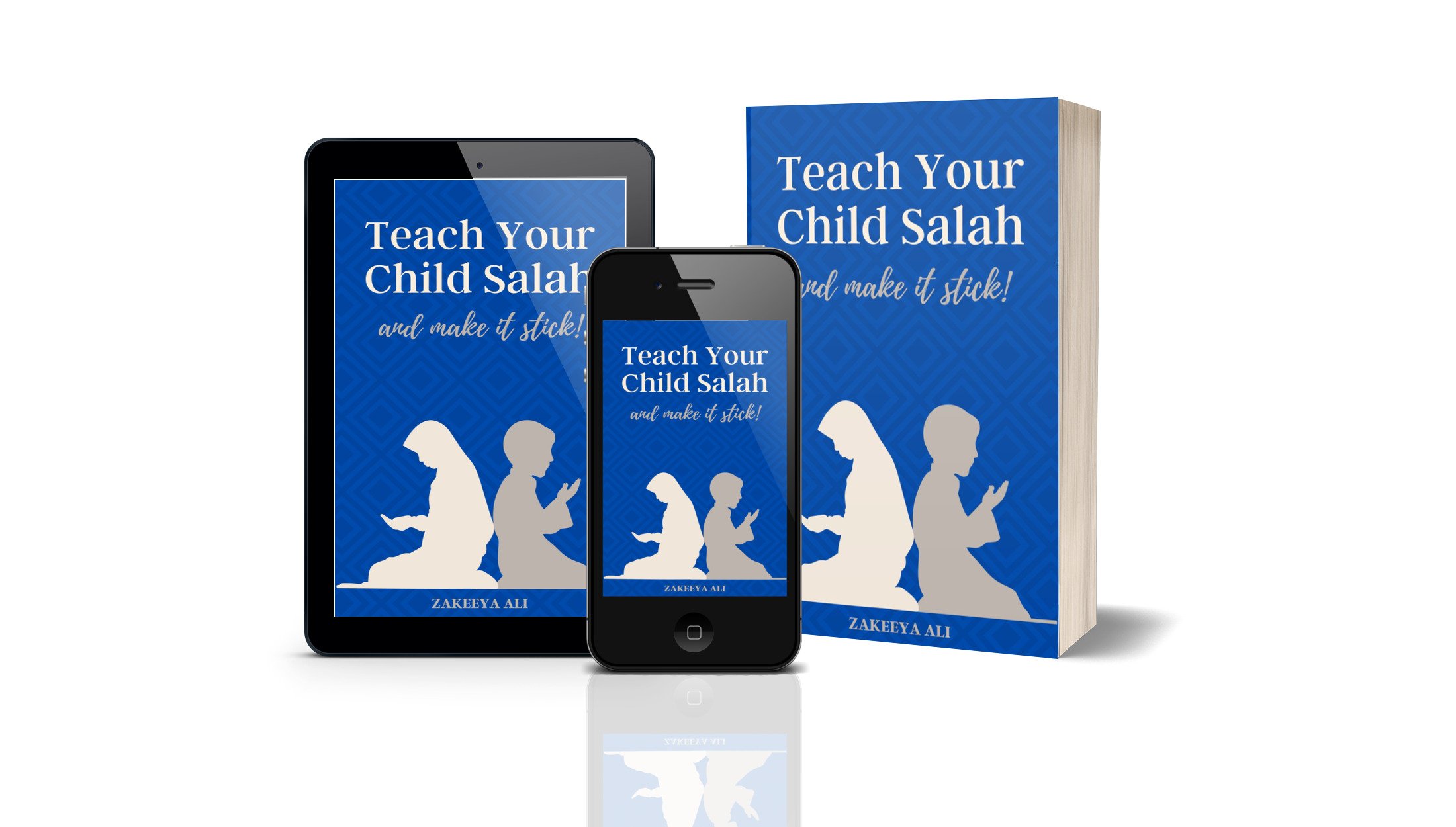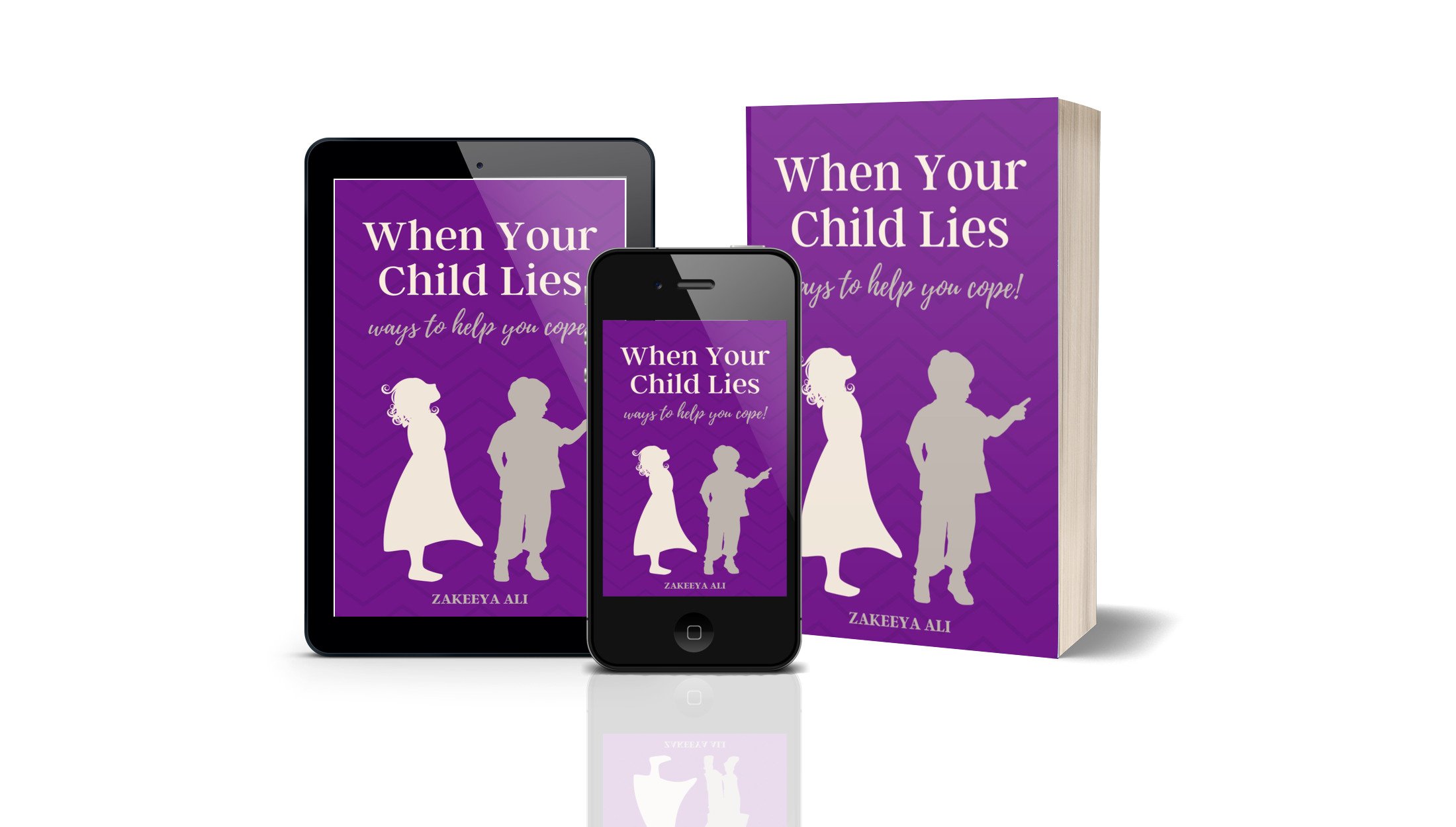How To Teach Your Young Child
My friend Jameela shares her awesome tips on how to teach our young children in the most effective way. She has vast experience as an educator, and you can find her amazing efforts at ilmaeducation.com where she has so much to offer parents.
How To Teach Young Children by Sr. Jameela
The way you teach your child will determine whether your child will learn or not. One way to teach is to use the teaching loop. Research has found this to be the best way to teach. There are four steps.
1. Alert
You begin by first alerting your child to be ready to learn. This is obvious, as you would want to draw your child’s attention to what you’re about to teach. Without focused attention, your child will not be able to concentrate to learn. Gain your child’s attention, by showing him something that is related to what he’ll learn. If he’s going to learn about butterflies, then a book or photograph of a butterfly is a good cue. You could also show and start talking about the material that your child will use. An example would be, if he’s about to learn angles and you show him a protractor and start talking about what it is and how to use it. Another way is to give a resource to your child to play with. If he’s going to learn about shapes, then give him pattern blocks to play with. Once he’s finished playing, you can then go on to the next step, which is to teach.
2. Instruct
Once you have your child’s attention, you then give her the instructions by describing the task. Your child needs to understand what it is that you want her to do or learn. You give clear instructions and instead of telling her what to do in a commanding style, you explain it to her by describing it and modelling it where necessary. Remember though, that when your child is totally disengaged from what you’re teaching, then stop. There is no point in teaching when she is no longer interested, because you won’t have her attention any more.
3. Perform
After you have instructed your child, then give him time to perform the task. You can offer him encouragement by cheering statements during this time, such as “Go Samir! You can do it!” When your child makes a comment or asks a question, don’t ignore him but respond by saying something about it. A study has found that when you respond to your child’s vocalisations, it helps them to learn. To help your child if he is stuck, you can rearrange his position or materials. So if he’s finding it difficult to use the protractor, then position it in the right place on the angle for him.
4. Feedback
When your child has finished a task, talk to her about what she has completed. Give positive feedback on your child’s successes or partial successes. You can give her feedback on her efforts or behaviours, and not just on performance. Remember you can also show your child feedback non-verbally, by making soothing responses, such as smiling, nodding, clapping, patting, touching, caressing, kissing and so on.
Tips To Make Your Child Learn Better
The way children learn has an impact on how much they will retain. You want your young child to take in as much information as possible. Learning has not occurred if there is no change in a child's knowledge base. There are certain conditions that make learning easier for your child. Here are the most important 3 tips:
1. Learn Early in the Day
A child's best concentration occurs early, when their mind is fresh in the morning after waking. By the time the day wears on, your child will become tired and distracted by other things. After lunch, there tends to be less focus as well. By dinner time, your child’s ability to concentrate on other than food diminishes.
Have you ever noticed how mathematics and English are taught in the first period at school? As soon as your child enters the classroom, the first subject is always math or English, because schools place a high value on these subjects. They know that by the end of the day children will become less focussed. This is also why art and sports are usually taught in the afternoon.
Decide on which subject is important to you then focus on that first. I would cover Qur’an, Arabic and Islamic studies first, then mathematics, English and science next. Last I would let them do the less academic activities, such as art and sports.
2. Learn in the Preferred Learning Mode
Have your child study in his preferred learning mode. As a teacher, I would try to accommodate all the children in my classroom, by using the different learning modes to teach. Since you are your child’s parent, you would know which mode your child learns best in. This is not to say that you only teach in that mode, as children still need variety, but it means that you predominately teach in your child’s preferred mode, and sprinkle in other modes. There are three learning modes:
Visual
Auditory
Kinesthetic/tactile
Visual is where your child prefers to see things such as charts and images. His brain can process the visual information fastest. Auditory is where he learns through hearing sounds such as through recitals and speeches. His brain can process sounds fastest. Lastly, kinesthetic and tactile is learning through moving and touching such as role-playing and hands on activities.
If you do not yet know your child’s preferred learning mode, then observe him and see which mode makes him happiest when learning. Also ask yourself these questions, “Does my child likes to see things or hear things or move and touch things?” and “Does my child always says ‘Let me see’ or ‘Let me hear’ or ‘Let me feel that’?”
Remember that all children will like to see, hear, move and touch things, but there is one thing that they like more than the other - this is their preferred learning mode. Once you’ve figured out which is your child’s preferred learning mode, then find lessons and activities in this mode., and remember to mix in the other modes as well to make it interesting.
3. Practice and Revise Daily
Whatever your child is learning, it needs to be practised and then revised, because as the saying goes, ‘use it or lose it’. Allow your child the chance to apply the learning into new situations or to at least practice it. Knowledge by itself is not worth anything if it can’t be used and acted upon. If your child is memorising a new surah of the Qur’an, then have him recite it during his prayers. If your child is learning to spell new words, then have him use them in writing sentences and in conversations. If your child is learning multiplication facts, then have him solve multiplication problems that are relevant to him - I'm sure you get the picture.
Once you can see that your child can use what he’s learnt, then quiz him on the information, to help him recall what has been retained. It can be a small quiz or a big test. If your child can remember, understand and use what was learnt, then thinking has occurred and that is success.
These are the lower levels of thinking in the revised Bloom’s taxonomy, which basically classifies the different levels of thinking. This is great for young children, but for older children, they would need to analyse, evaluate and create something based on the new information learnt - and that is how children will be able to learn much better in the long run inshAllah.
Written by Jameela and edited by Zakeeya
Salam, I’m Zakeeya!
I believe that making our homes a safe haven for our families, as well as being a wife and mother, brings us great blessings, contentment, and benefits to society as a whole. Since 2011, I've been dedicated to assisting Muslimas in finding tranquility in their roles, taking better care of themselves, and achieving inner peace. Our journey in this world is not an easy one, but I pray the tools and guidance I offer will help you face life's challenges with more gratitude and mindfulness. Join me as I share wifehood, motherhood, homemaking, and lifestyle solutions that make life more fulfilling for you as a woman! Read more about me here.
























